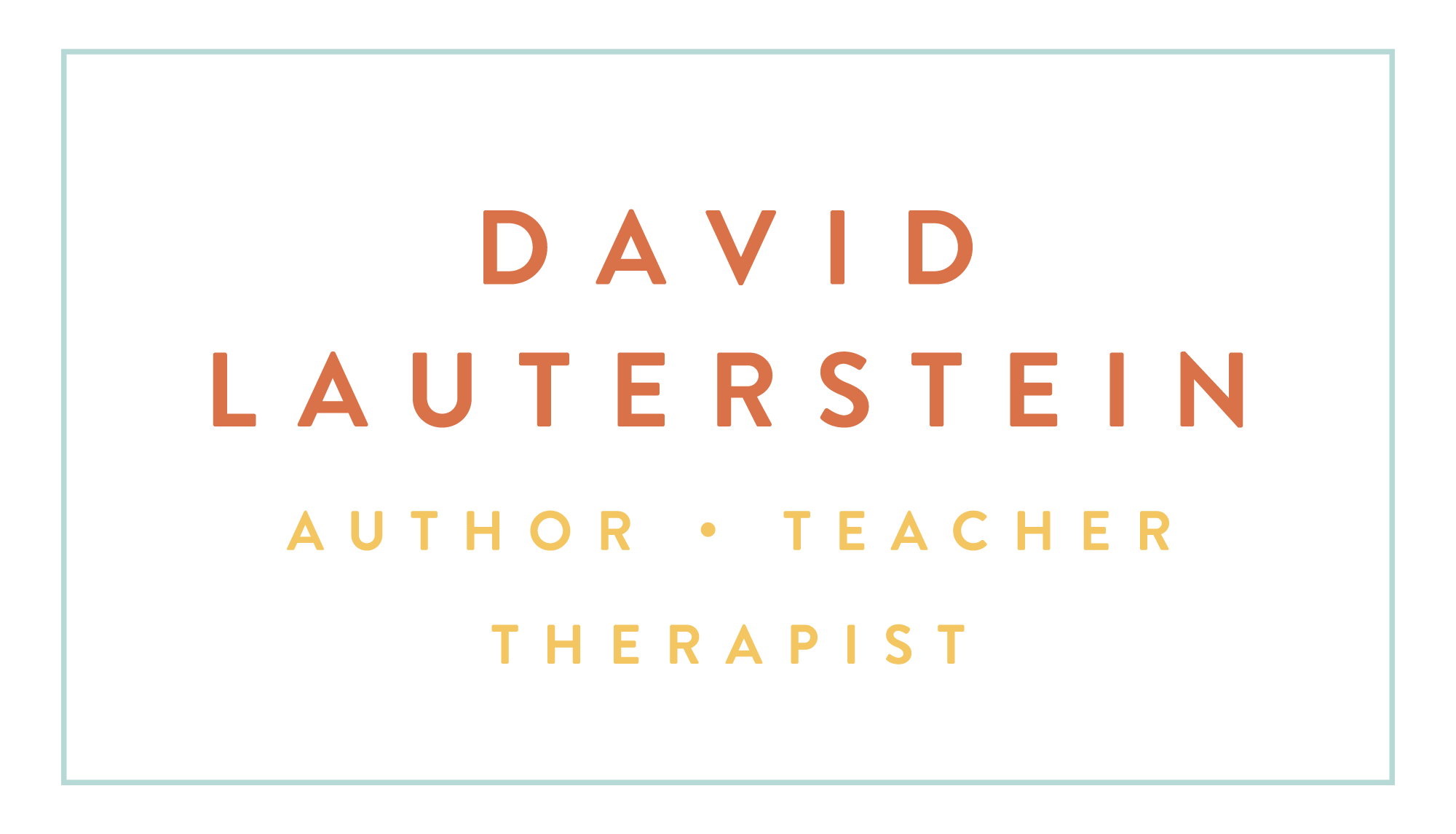SPIRIT AND HEART - PECTORALIS MAJOR
Pectoralis major is one of those superficial muscles, like rectus abdominis, its first cousin, that doesn’t have the mystique of the iliopsoas, quadratus lumborum or the deep lateral rotators. What’s near the surface naturally seems a little less mysterious than what lies beneath, in the depths. Yet, as Feldenkrais said, it is the “elusive obvious” that may deserve the most attention.
Pectoralis major overlies the heart, structurally, and in many respects, embodies its energy and spirit as well. We use it to reach out, to strike, to push away, to throw, to adduct, and when flexed, to extend the shoulder, and to assist in the movements of breath. Expressing the heart, it can embody love, anger, compassion, and nourish through the milk of human kindness. In a spirit of triumph we use it to thrust our arms forth and elevate. With the hardened heart, we may find constrictions linked to hatred, disappointment, holding back, loss, emotional malnourishment, pride, or frozen emotion.
Its sternal fibers can bring the outstretched arm back to anatomical position, thus their role in extension. Otherwise pectoralis major is linked to flexion and the unusual pathways of its fibers strengthen that role. The fibers originating up on the medial half of the clavicle end up inserting lowest on the humerus. The fibers originating on the sternum, rib cartilages and the interdigitation with the rectus abdominis’ fascia end up inserting higher up on the humerus. Thus, like levator scapula, this muscle adds a full twist along its pathway, giving it more versatility and strength. Indeed the distinction of these originations and insertions is illustrated by differing enervations – sternal head linked to the C7, 8 and T1 nerve roots, while the clavicular head is innervated from C5 and 6 nerve roots.
It is fan-shaped, roughly paralleling on the front body, the shape of its sister muscle on the back, the trapezius. The trapezius has a similarly wide area of origin, extending from lower rib cage to the occiput, inserting on the lateral clavicle and spine of the scapula. As one might expect, the trapezius, being in some respects the “antagonist” of pectoralis major may energetically embody functions opposite to pec major, namely, holding feelings back, sometimes harboring feelings of burden and unrelieved, unexpressed accumulated reactions to stress.
From a elemental perspective Chinese medicine inclines us to see pectoralis major both as a heart opener associated with the heart meridian and as a heart protector, associated with the pericardium meridian. It is said if fiery thoughts and feelings invade the mind, a pericardium function is to stop it from entering the heart.
Please inspire yourself and empathize with its myriad of structural and energetic functions, when working with pectoralis major.
In my method of Deep Massage, we begin with a loose fist placed clearly but gently into the sternum and pec major’s sternal fibers. Taking out the looseness there, we then gently traction laterally and pause. Beginning the actual movement, effleurage with medium depth across the belly of pectoralis major with your loose fist slowly and compassionately until you reach the space between the ribcage and the humerus. Then pause, briefly disengage, then place both fists just medial to the deltoid and deep to them the tendon of pectoralis major. Take out the looseness pressing posteriorly, then pull laterally and, with the proximal phalanges and knuckles, draw your fists across the deltoid and pecs as far as you can go, easing up as you may reach the posterior fibers of the deltoid near the table surface.
This will help the client experience letting go of chronic internal rotation of the humeri, forward flexion of the shoulder girdle, amplifying the feeling of wingspan, and openness in the heart region. As long as you are being sensitive to the amount of pressure that successfully meets the client’s tension, there will ordinarily not be an emotional release such as crying or feeling angry. More likely will be the experience of emotional relief, a greater feeling of openness around the heart, and a greater ease of breath into the upper lobes of the lungs.
Some clients may be unused to work in the upper chest or reluctant to receive here, so you may want to give them some information beforehand about why you normally include it and get their permission to include it, being careful to explain you will be working well above the breast area, just helping with tension around the shoulders. With large breasted people you may ask the client to hold their hand over the breast area and pull down slightly to assure their boundaries are honored.
Pectoralis major is, in many respects for therapists, our first and most important encounter with the heart. It is said, “heaven and earth meet in the heart, it is their destiny and place of rendezvous.” Through pectoralis major the vertical energy flowing through us, interconnects with the horizontal energy flowing through the shoulder and arms, spreading out and reaching out to the wide world around us.
- illustrations by Christy Krames, reproduced from “The Deep Massage Book: how to combine structure and energy in bodywork”


